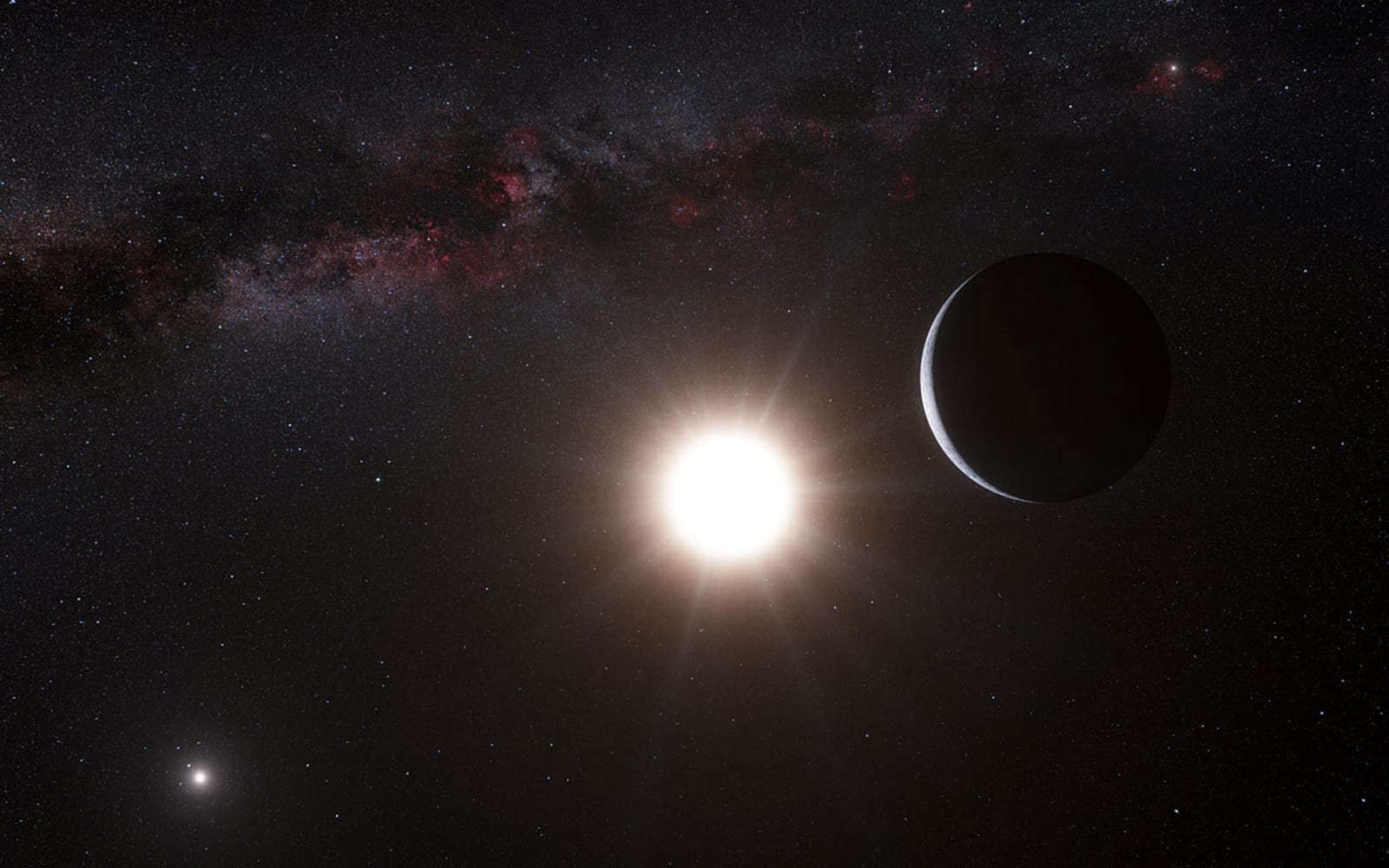Scientists are adept at spotting stars, even very old ones. But what about stars that disappear? A handful of researchers, led by Uppsala University’s Beatriz Villarroel, aims to find out. They’ve been comparing sky surveys to see if any light sources (usually stars) have disappeared between these scans. Out of the 300,000 sources in the study, they’ve found one that appears to have vanished without a trace.
The question is: assuming the data is accurate, why would a star disappear? Villarroel wonders if it could be the work of highly advanced alien civilizations, but that’s as uncertain as the notion of alien megastructures dimming a star — there’s no hard evidence to support it. Having said this, astronomers don’t need to find intelligent life for the data to be useful. It could help explain quasars, volatile stars and other cosmic phenomena that can go dark without much warning. If researchers can expand the data set (such as through Villarroel’s proposed crowdsourced searching) and refine it, they could both get a sense for both the frequency of these disappearing acts and their true causes.
(48)

